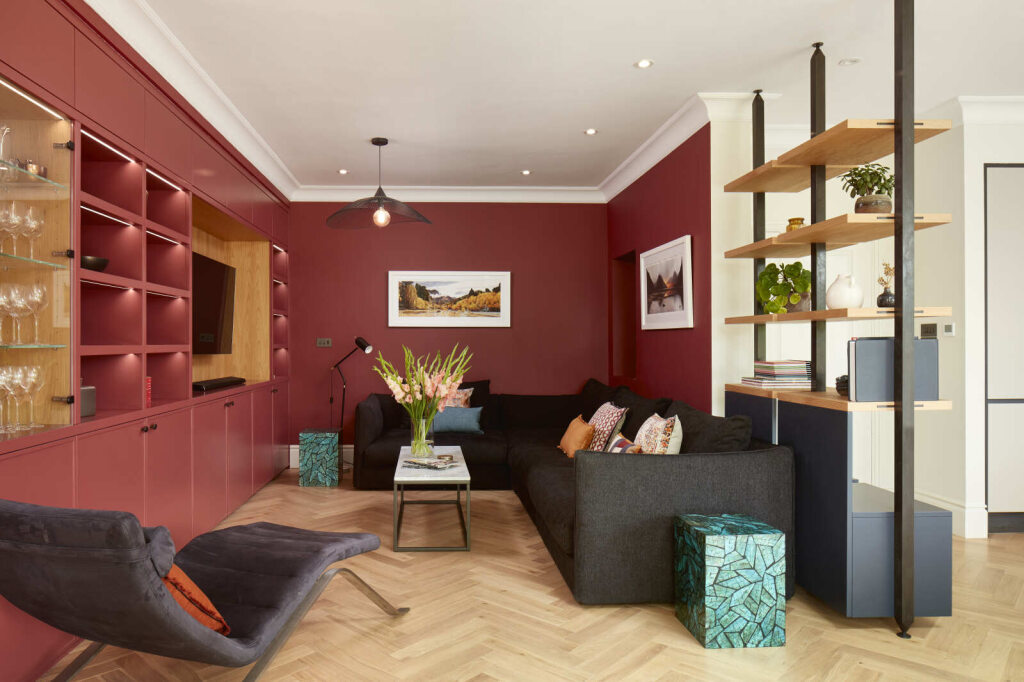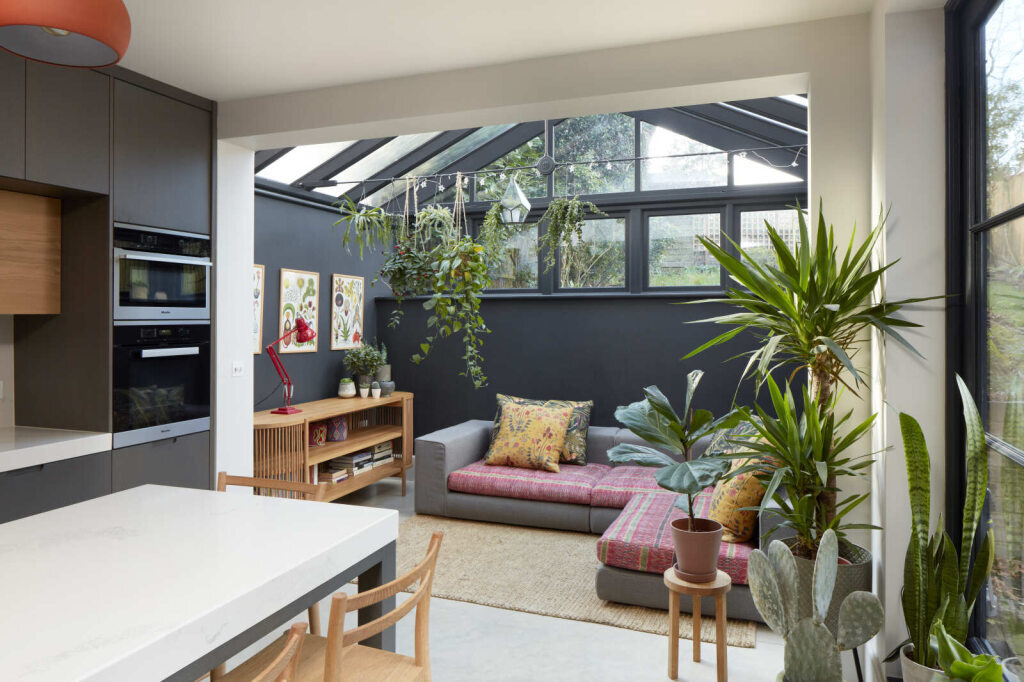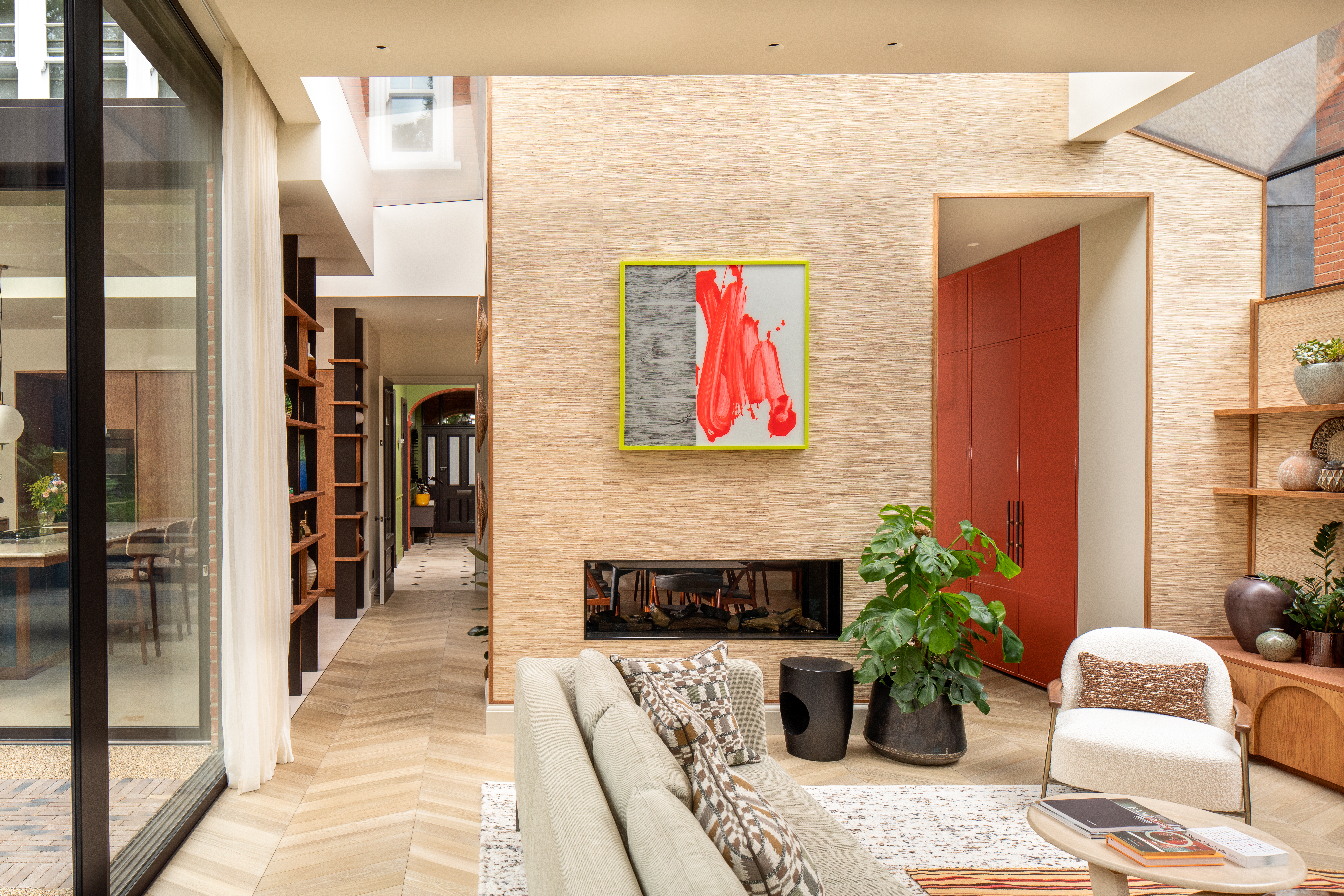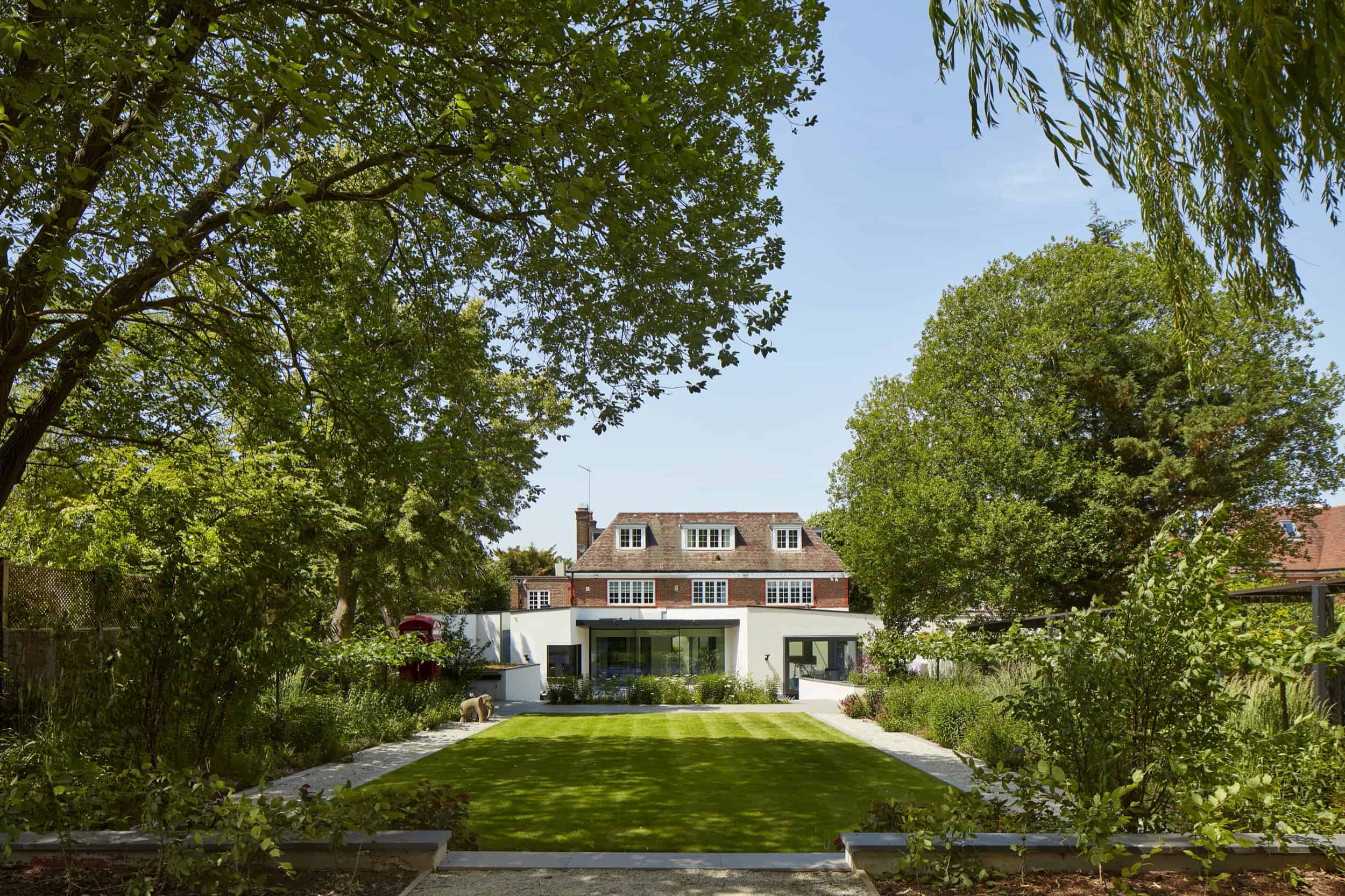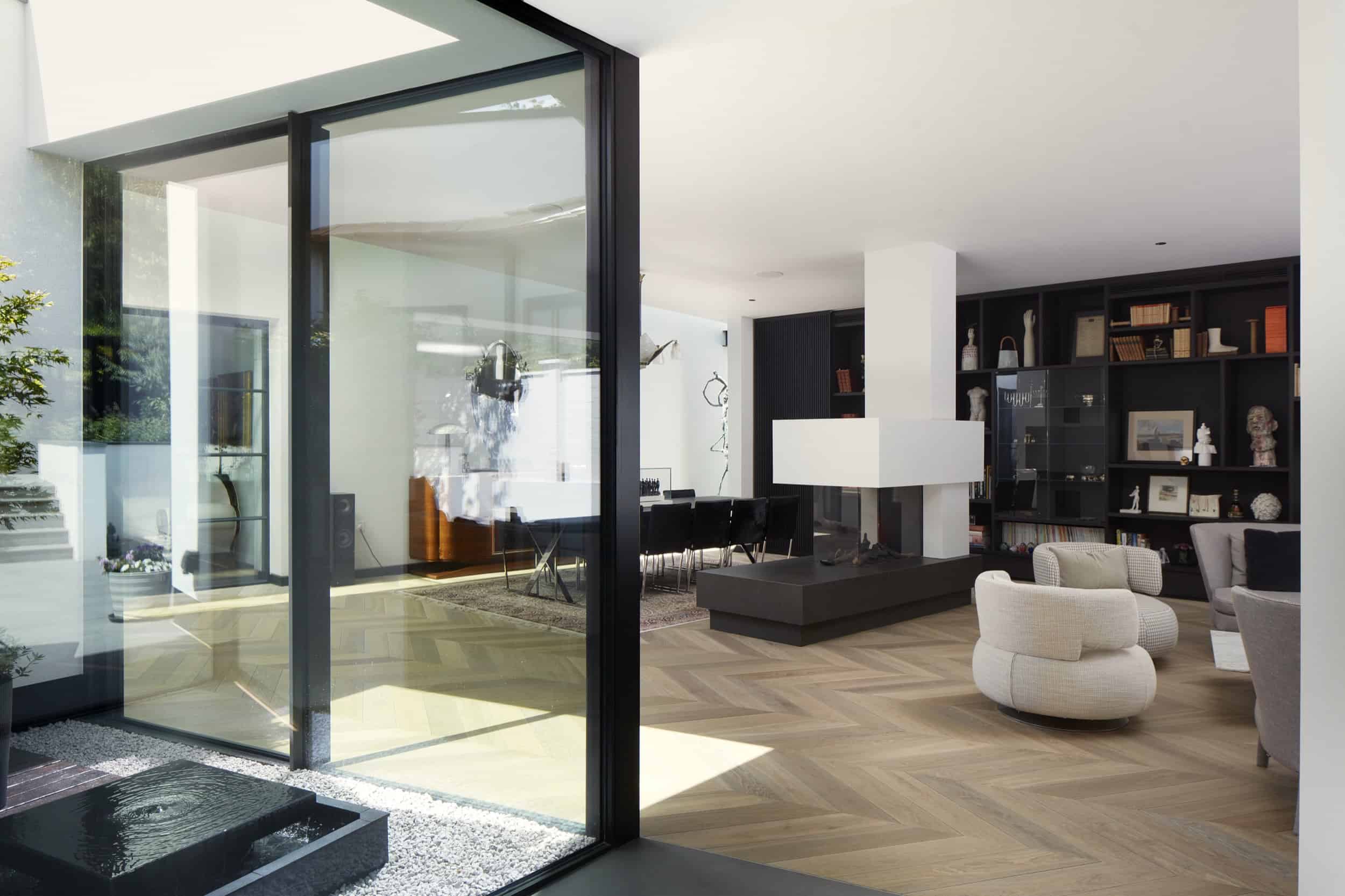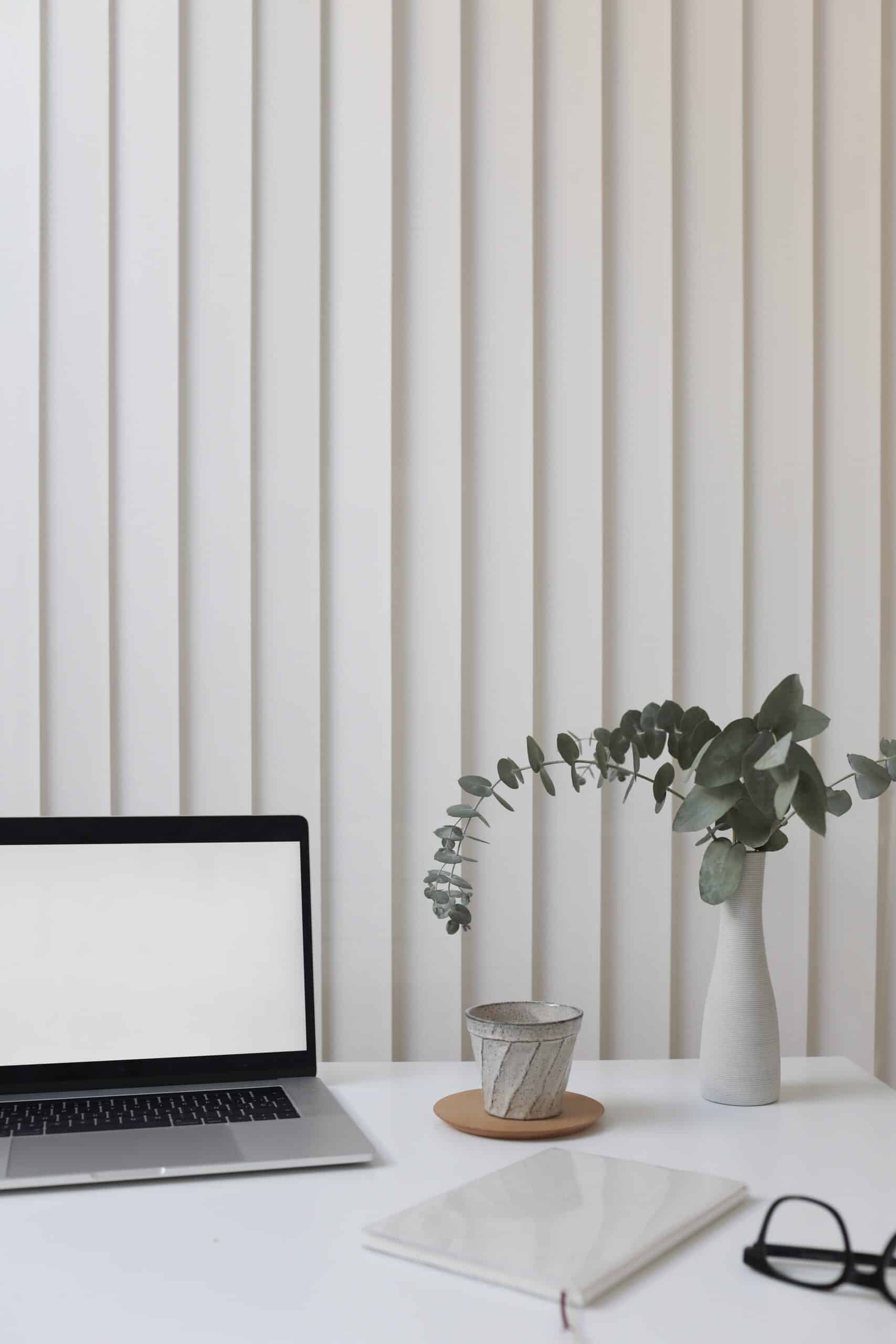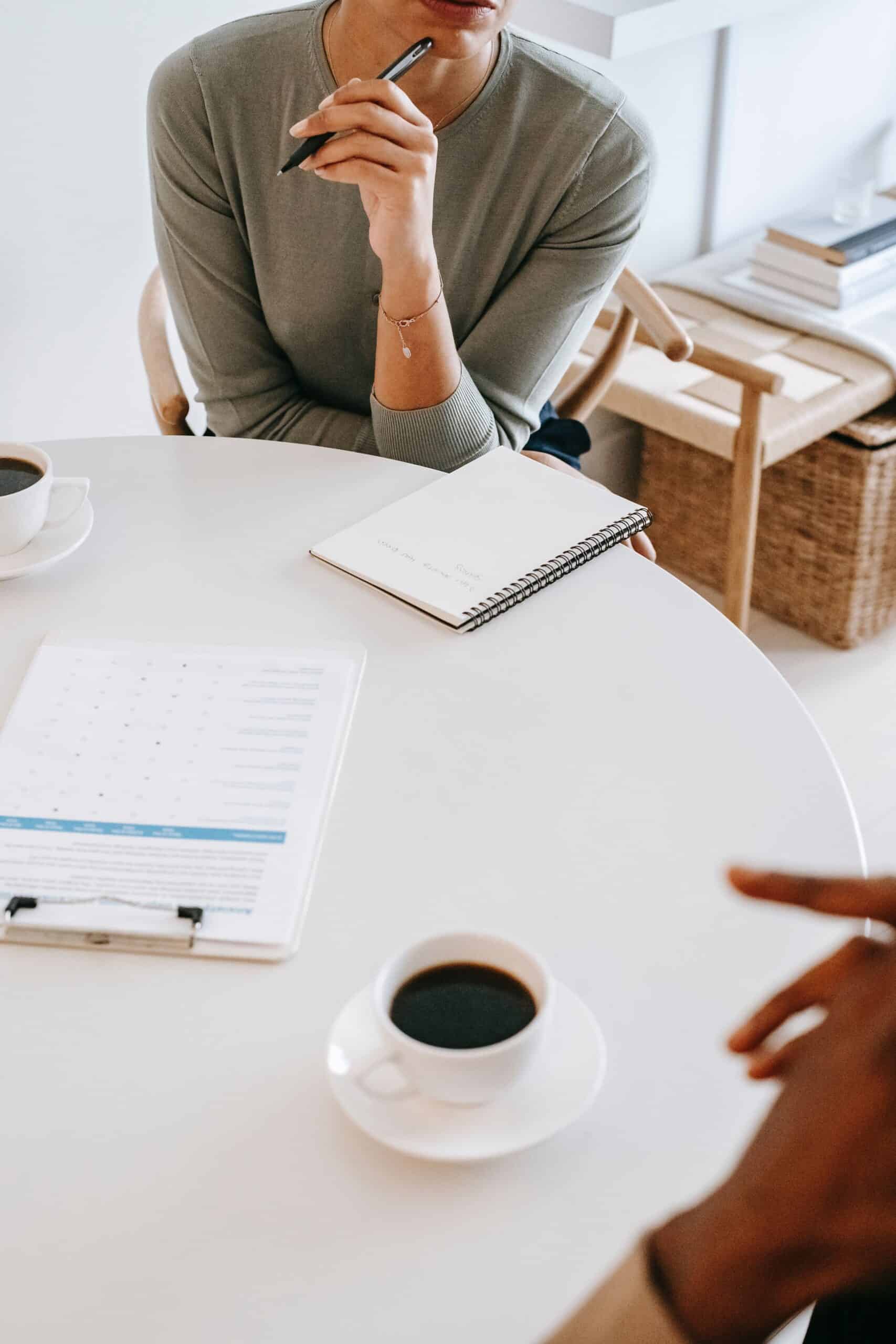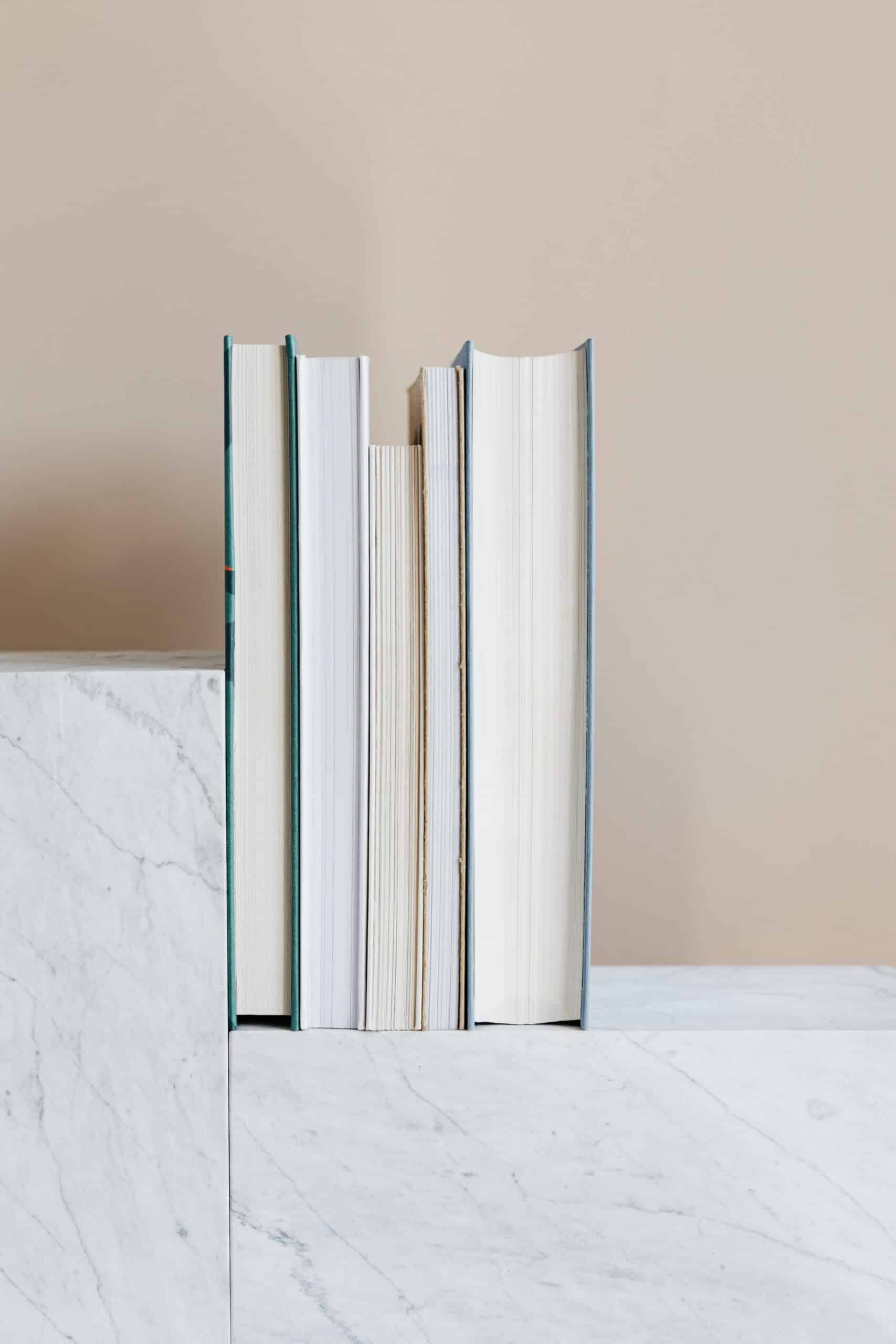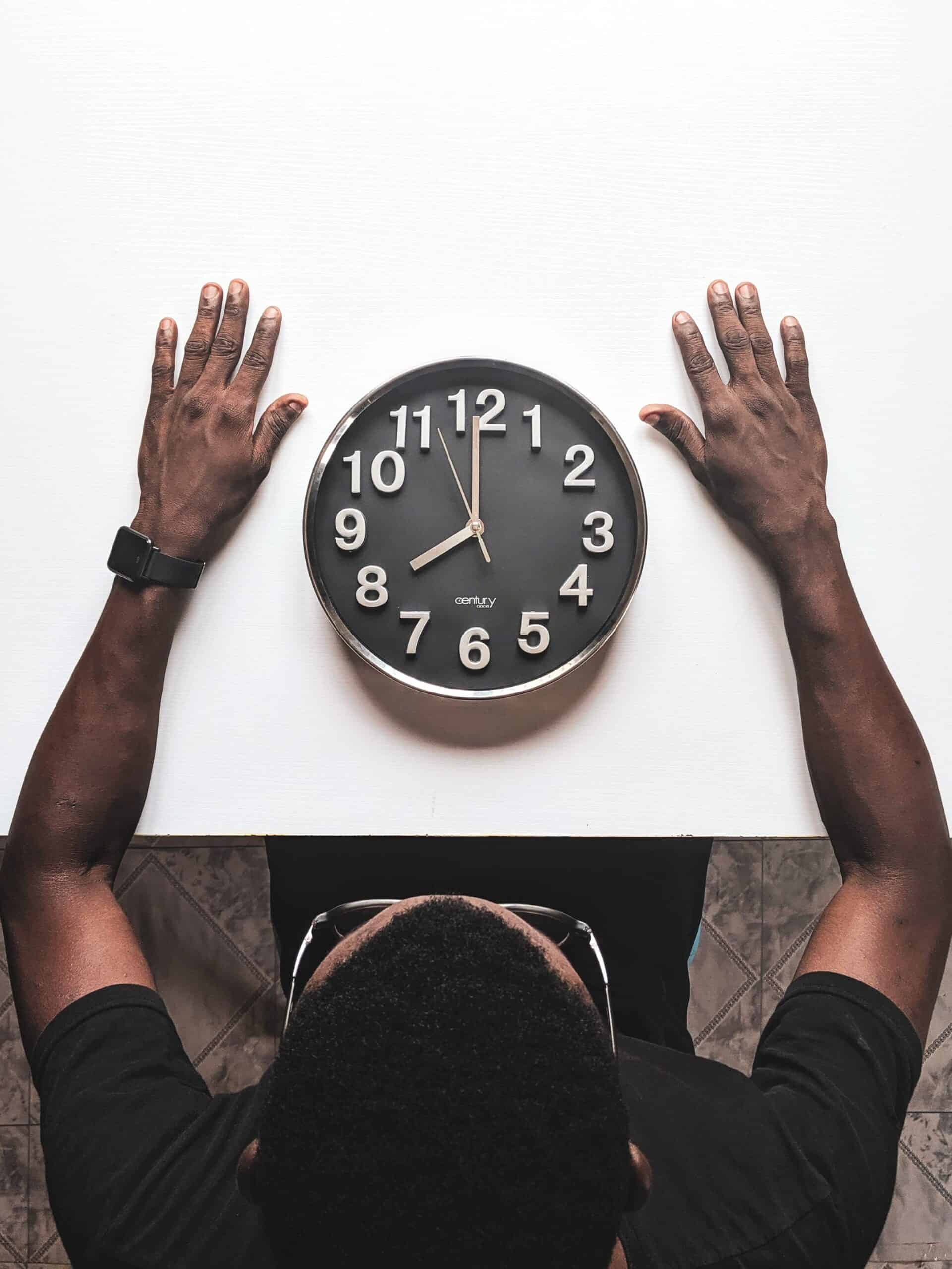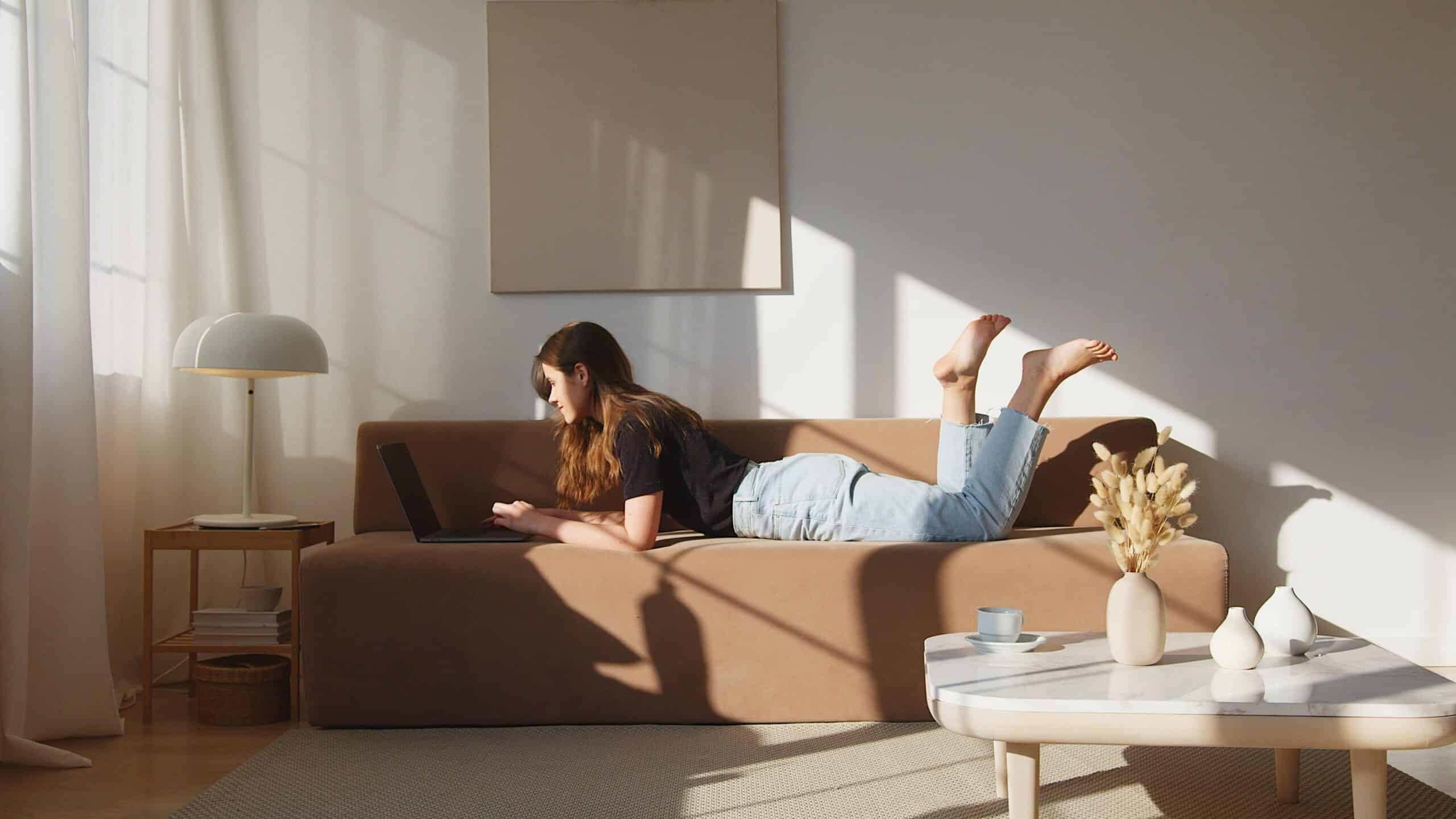How does the flow of a space shape how we feel?

Good design isn’t just about how a space looks, but also how it feels to move through it. Flow is a subtle element that you might not notice when it’s done well, but you definitely feel it when it’s not. We therefore design spaces that guide movement naturally, supporting daily routines and making every home feel effortless to navigate.
At a glance:
- Smooth flow helps us feel at ease and reduces mental effort.
- Intuitive layouts support daily routines and wellbeing.
- Affordance theory shows how design can suggest behaviour.
- Visual cues and landmarks guide movement and memory.
- Open layouts work best when balanced with quiet zones
Why does the layout of a home matter so much?
A smooth-flowing layout is the benchmark of a well-designed home. When spaces connect naturally and intuitively, we don’t have to think about where to go or how to use a room. Research shows that complex layouts increase our cognitive load and use brainpower that could be spent elsewhere, whereas well-planned spaces feel clearer, calmer, and more enjoyable to be in (De Cock et al., 2022).
What do we mean by “flow”?
Flow is all about how people move through and interact with a space. It starts from the front door and continues through each room and hallway. Good flow means fewer obstacles, natural transitions, and spaces that feel easy to navigate.
A well-functioning home supports the routines of everyone who lives there, including children, guests, pets, and even the occasional delivery or maintenance visit
Can design really influence how we behave?
Without a doubt. In psychology, affordance theory suggests that we see the world in terms of what we can do in it. A bench says “sit here.” A wide hallway says “walk through.” Spaces that match these expectations feel more natural and usable (Young & Cleveland, 2022).
Architects can tap into this by shaping environments that subtly guide us. Low window seats invite us to relax, wide, open paths encourage movement, and clustered desks make it easy to collaborate (Øien et al., 2023).
Are open-plan homes always better?
Open layouts are beautiful and often feel more spacious, letting in more light and air. Interestingly, people also feel safer in them without realising why (Coburn et al., 2020). These spaces promote connection and openness, especially in social areas like kitchens or living rooms.
But that openness needs balance. Without somewhere to retreat to, people can feel overstimulated or distracted, so adding cosy nooks, private corners, or reading spots can help give people room to regulate their emotions and recharge.
Final Thoughts
Flow isn’t just about getting from A to B. It’s about how we feel as we move through a space.
A well-designed home gently guides us with visual cues, supports different routines, and makes life a little easier to navigate. When a space feels intuitive and welcoming, it helps us feel more grounded, more focused, and more at ease.
References
Abbas, S., Okdeh, N., Roufayel, R., Kovacic, H., Sabatier, J.-M., Fajloun, Z., & Abi Khattar, Z. (2024). Neuroarchitecture: How the Perception of Our Surroundings Impacts the Brain. Biology, 13(4), 220. https://doi.org/10.3390/biology13040220
Coburn, A., Vartanian, O., Kenett, Y. N., Nadal, M., Hartung, F., Hayn-Leichsenring, G., Navarrete, G., González-Mora, J. L., & Chatterjee, A. (2020). Psychological and neural responses to architectural interiors. Cortex, 126, 217–241. https://doi.org/10.1016/j.cortex.2020.01.009
De Cock, L., Van de Weghe, N., Ooms, K., Saenen, I., Van Kets, N., Van Wallendael, G., Lambert, P., & De Maeyer, P. (2022). Linking the cognitive load induced by route instruction types and building configuration during indoor route guidance: A usability study in VR. International Journal of Geographical Information Science, 36(10), 1978–2008. https://doi.org/10.1080/13658816.2022.2032080
Knudsen, E. B., & Wallis, J. D. (2021). Hippocampal neurons construct a map of an abstract value space. Cell, 184(18), 4640–4650.e10. https://doi.org/10.1016/j.cell.2021.07.010
Øien, T. B., Grangaard, S., & Lygum, V. L. (2023). Exploring the dynamics of architecture with the concept of affordance. Philosophical Psychology, 37(7), 1858–1877. https://doi.org/10.1080/09515089.2023.2273400
Young, F., & Cleveland, B. (2022). Affordances, architecture and the action possibilities of learning environments: A critical review of the literature and future directions. Buildings, 12(1), 76. https://doi.org/10.3390/buildings12010076


